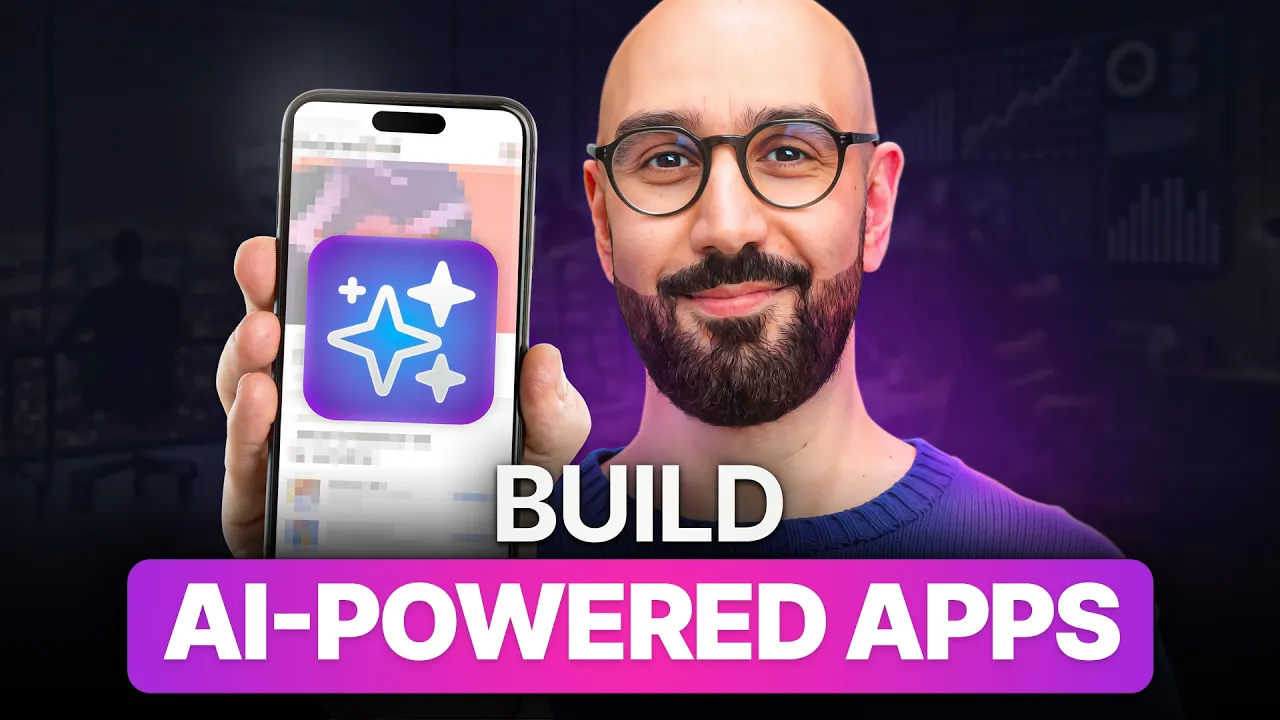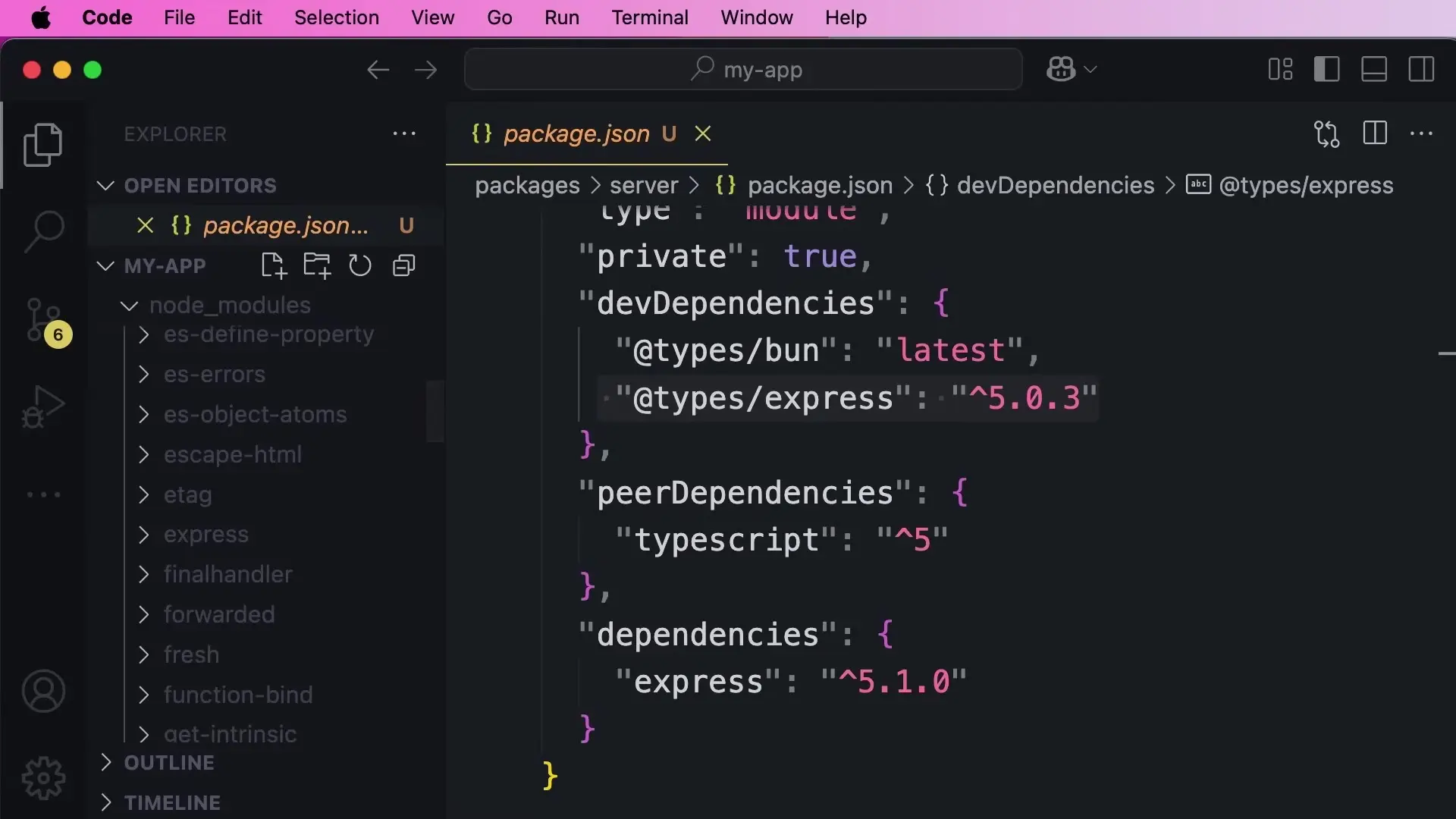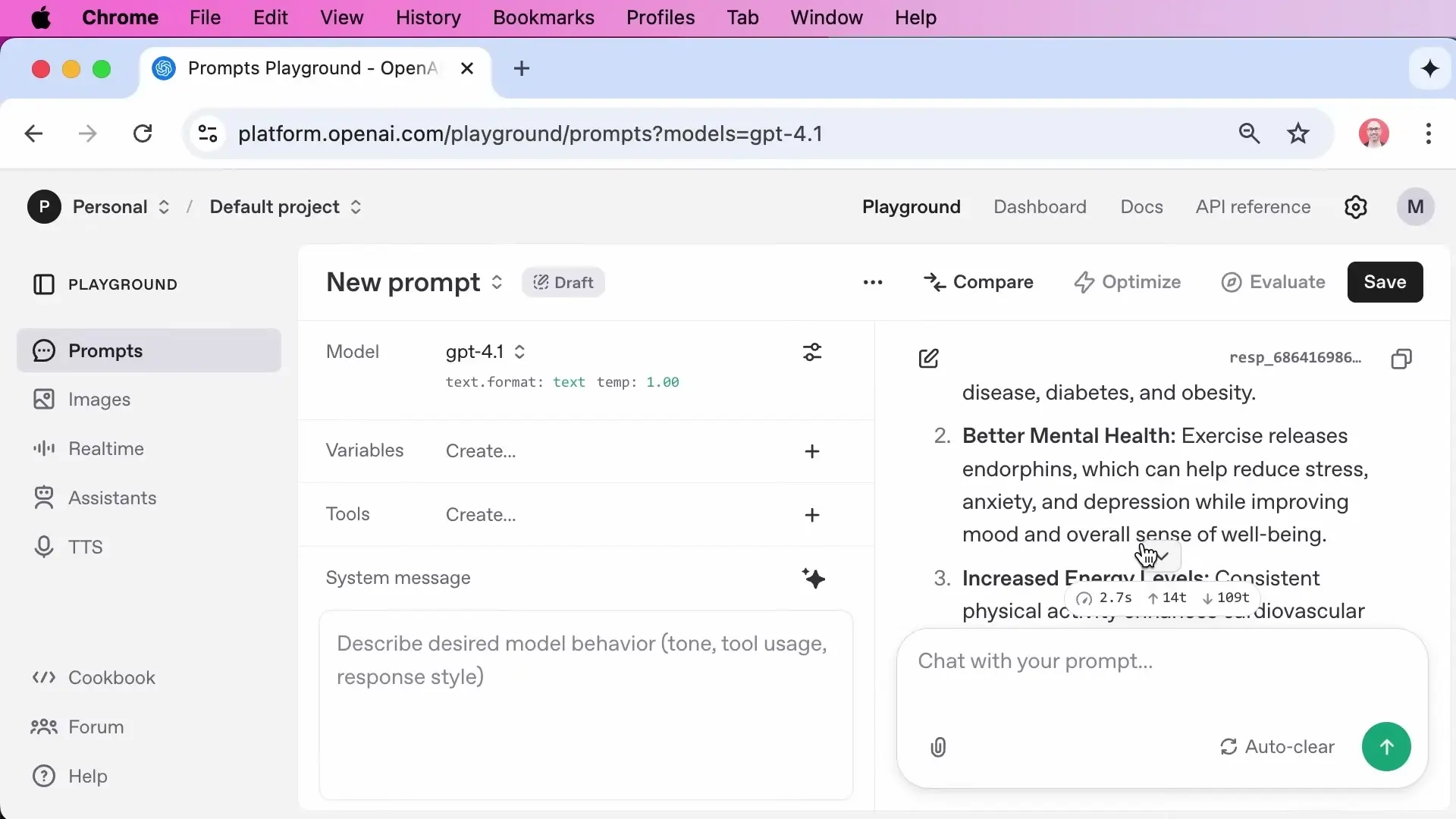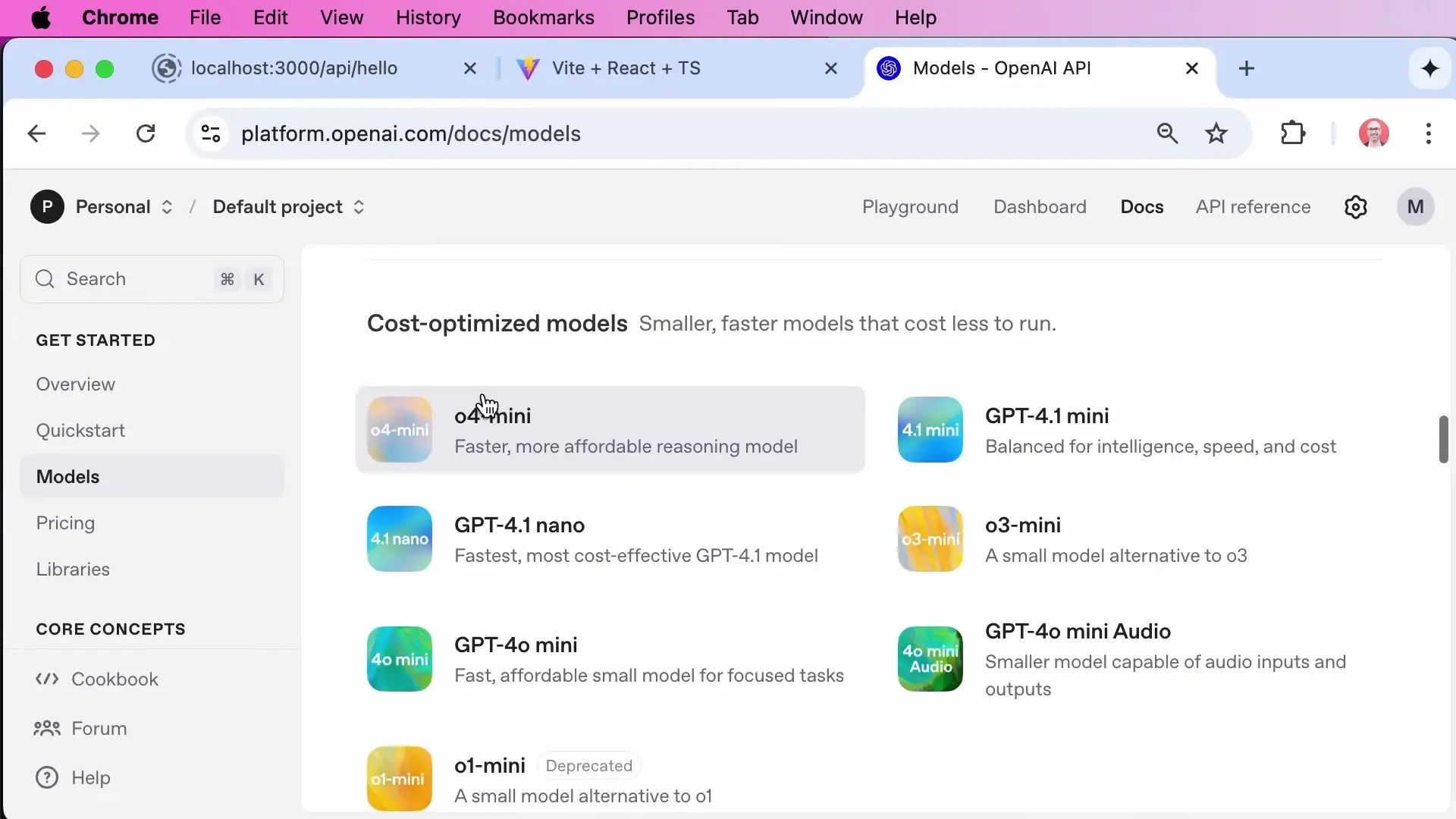
AI has rapidly transformed the software development landscape, creating new opportunities for developers to build smarter, more engaging applications. As companies increasingly integrate AI features into their products, the demand for developers who can effectively implement these capabilities continues to grow. This guide will walk you through the process of building AI-powered React applications that deliver real value to users.
Understanding the Role of an AI Engineer
Before diving into development, it's important to understand what being an AI engineer actually means. Unlike machine learning engineers who build and train models from scratch, AI engineers primarily use pre-trained models—especially large language models—to create intelligent applications.
As an AI engineer, you don't need to understand the complex mathematics behind these models. Instead, your focus is on effectively integrating them into real-world applications, similar to how software engineers use databases without necessarily knowing their internal workings.
Real-World AI Applications You Can Build
Companies across industries are implementing AI-powered features to enhance user experiences and streamline operations. Here are some practical examples that demonstrate the potential of AI integration:
- Product review summarization (like Amazon's AI-generated review summaries)
- AI-assisted content generation for marketing campaigns
- Automatic language translation for social media posts
- Content moderation systems for online platforms
- Intelligent ticket routing for customer support platforms
- Interactive chatbots for specific domains like real estate or tourism
These features save time, reduce costs, and create more helpful user experiences—making them valuable additions to modern applications.
Essential Foundations for AI Development
Before building AI-powered applications, you need to understand several fundamental concepts that will form the foundation of your development process:
- Language models: What they are and how they function
- Tokens and context windows: Understanding the limitations
- Model selection: Choosing the right model for your specific use case
- Configuration settings: How parameters like temperature affect output
- Prompt engineering: Crafting effective prompts to get desired results
These concepts aren't just theoretical—they directly impact how your AI features will perform in production environments.
Setting Up Your Development Environment
To get started with AI-powered React development, you'll need a properly configured development environment. The minimum requirements include:
- Node.js (version 22.17 or higher)
- VS Code or your preferred code editor
- Basic knowledge of modern JavaScript/TypeScript (arrow functions, destructuring, promises, async/await)
- Familiarity with React fundamentals (components, JSX, hooks)

While experience with backend development and databases is helpful, it's not required to get started. Throughout this guide, we'll use a modern tech stack including Bun, Express, React, Tailwind CSS, and other cutting-edge tools to build our applications.
Project 1: Building an AI-Powered Theme Park Chatbot
Our first project will be a chatbot that can answer questions about an imaginary theme park, helping visitors find information quickly. This practical application demonstrates how AI can enhance customer service experiences.
We'll approach this project methodically, starting with the backend and then building the frontend. The development process will include:
- Setting up the project structure with separate frontend and backend
- Implementing clean architecture principles for maintainable code
- Building the chatbot API with appropriate error handling
- Creating an engaging user interface for the chat experience
- Optimizing the chatbot responses for accuracy and helpfulness
By separating the frontend and backend, you'll gain a clear understanding of how these components interact, which is valuable knowledge regardless of the specific framework you use in future projects.
The Art of Prompt Engineering
One of the most critical skills for AI engineers is prompt engineering—crafting inputs that generate the specific outputs you want from language models. Effective prompt engineering can dramatically improve the quality and relevance of AI-generated content.

You'll learn essential prompt engineering techniques including:
- Providing sufficient context for accurate responses
- Controlling output format for consistent results
- Using examples to guide the model's behavior
- Implementing error handling in prompts
- Reducing hallucinations (fabricated information)
These techniques are transferable across different AI applications and will help you create more reliable, useful features.
Project 2: Building a Product Review Summarizer
Our second project will be a product review summarizer similar to what you might see on Amazon. This feature helps users make faster decisions by distilling key points from numerous reviews into concise summaries.
This more complex project will introduce additional concepts including:
- Database integration with Prisma
- Data persistence and migrations
- Text processing and analysis
- Optimizing for performance and cost
- Building a polished user interface

The techniques you learn while building this summarizer can be applied to many other AI use cases involving text analysis and synthesis.
Working with Open-Source Models
While commercial AI APIs offer convenience, open-source models provide greater flexibility and control. You'll learn how to:
- Find appropriate open-source models for your needs
- Run models locally for development and testing
- Integrate open-source models into your applications
- Balance performance, accuracy, and resource requirements
Understanding open-source options gives you more freedom in how you implement AI features and can reduce dependency on external services.
Best Practices for AI-Powered React Applications
Throughout the development process, we'll emphasize best practices that ensure your AI features are reliable, maintainable, and user-friendly:
- Clean architecture principles for separation of concerns
- Proper error handling for AI model interactions
- Optimizing for both performance and cost
- Creating responsive and accessible user interfaces
- Testing strategies for AI-powered features
- Managing API keys and security considerations
These practices will help you build professional-quality applications that stand up to real-world usage.
Conclusion: Becoming an Effective AI Engineer
As AI continues to transform software development, the ability to effectively integrate these capabilities into applications becomes increasingly valuable. By understanding the fundamentals of language models, implementing clean architecture principles, and building practical projects, you'll develop the skills needed to create AI-powered features that genuinely enhance user experiences.
Going forward, every software engineer will likely be expected to understand how to work with AI models—just as they're expected to work with databases today. By mastering these concepts now, you'll be well-positioned for the future of application development.
// Example of calling an AI model in a React component
const ChatComponent = () => {
const [input, setInput] = useState('');
const [response, setResponse] = useState('');
const [loading, setLoading] = useState(false);
const handleSubmit = async (e) => {
e.preventDefault();
setLoading(true);
try {
const result = await fetch('/api/chat', {
method: 'POST',
headers: { 'Content-Type': 'application/json' },
body: JSON.stringify({ prompt: input })
});
const data = await result.json();
setResponse(data.message);
} catch (error) {
console.error('Error calling AI model:', error);
} finally {
setLoading(false);
}
};
return (
<div className="chat-container">
<form onSubmit={handleSubmit}>
<input
value={input}
onChange={(e) => setInput(e.target.value)}
placeholder="Ask about the theme park..."
/>
<button type="submit" disabled={loading}>
{loading ? 'Thinking...' : 'Send'}
</button>
</form>
{response && <div className="response">{response}</div>}
</div>
);
};Let's Watch!
Build AI-Powered React Apps: Complete Guide for Modern Developers
Ready to enhance your neural network?
Access our quantum knowledge cores and upgrade your programming abilities.
Initialize Training Sequence